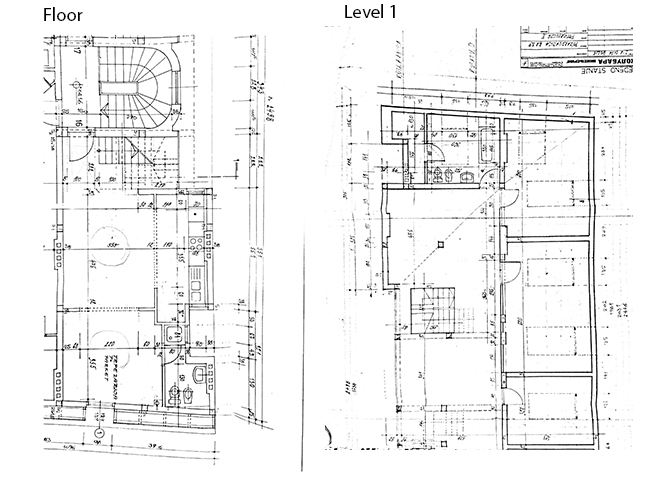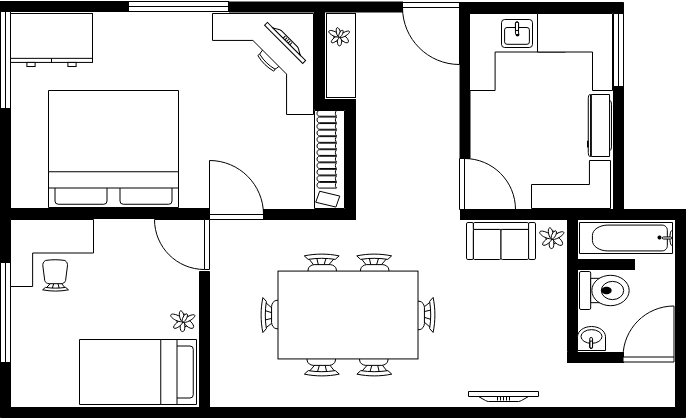Carpeting can dramatically transform the feel, function, and comfort of your home. It adds warmth, cushions foot traffic, and brings an inviting texture to any space. But with so many styles, materials, and colors available, choosing the right carpet for each room can feel overwhelming. Every area in your home has unique needs, so the best carpet for your living room may not be ideal for your bedroom or basement.
Here’s a room-by-room guide to help you choose the perfect carpet based on function, lifestyle, and design preferences.
Living Room: Balance Style with Durability
As one of the most frequently used spaces in the home, the living room requires carpet that can withstand daily foot traffic without sacrificing style. Look for a durable, medium- to high-pile carpet made of stain-resistant materials like nylon or triexta. These fibers offer resilience while maintaining a soft, plush feel underfoot.
Neutral colors work well in living rooms, providing a versatile backdrop for changing furniture or décor. Patterns or textures can add visual interest and help conceal wear or minor stains between cleanings.
Bedroom: Prioritize Comfort and Warmth
The bedroom is your personal sanctuary, so comfort should be the top priority. Plush or frieze carpets are popular here due to their softness and inviting texture. Wool is a luxurious option for bedrooms, offering warmth, sound insulation, and a natural look, though it can be pricier.
Since bedrooms see lighter foot traffic compared to common areas, you can choose more delicate or decorative carpet styles without worrying as much about durability.
Hallways and Stairs: Choose High-Traffic Solutions
Hallways and stairs endure heavy, repetitive traffic and require carpets that are both tough and safe. A low-pile or looped carpet like Berber is an excellent choice—it resists crushing and matting while offering a clean, tailored appearance.
For stairs, be sure to pick a carpet with a strong backing and consider professional installation to ensure a snug, safe fit that won’t shift over time. Darker shades or patterned carpets can also help hide dirt and wear in these busy areas.
Home Office: Consider Sound and Comfort
In a home office, carpet can help reduce noise and create a cozy, focused atmosphere. Choose a low-pile carpet for ease of movement with rolling chairs and to prevent snagging. Commercial-grade carpets can work well in this space, offering durability and a professional appearance.
Neutral colors that coordinate with your desk and furniture are ideal, but don’t be afraid to add a bit of texture or pattern to energize the space.
Basement: Focus on Moisture Resistance
Basements present unique challenges due to moisture and temperature fluctuations. Avoid natural fibers like wool here and opt instead for synthetic carpets like polypropylene, which resist mold and mildew. Carpet tiles are also a smart choice in basements—they’re easy to install and replace if any area becomes damaged or stained.
To enhance comfort, especially on concrete floors, pair your carpet with a high-quality moisture-resistant padding.
Children’s Rooms and Play Areas: Think Soft and Stain-Resistant
Kids need a carpet that’s soft, safe, and easy to clean. Look for synthetic materials like polyester or triexta, which offer stain resistance and a soft feel. Colorful patterns or darker shades are great for hiding spills and wear from playtime.
Bonus tip: Regular carpet cleaning can extend the life of your carpet and maintain a healthy environment for little ones who spend a lot of time on the floor.
Selecting the right carpet for your home depends on balancing function, style, and the specific needs of each room. By considering traffic levels, comfort, material type, and maintenance requirements, you can make smart choices that enhance both the beauty and usability of your living spaces. The right carpet doesn’t just elevate your home—it creates a foundation of warmth and comfort that lasts for years to come.










Comment (0)